
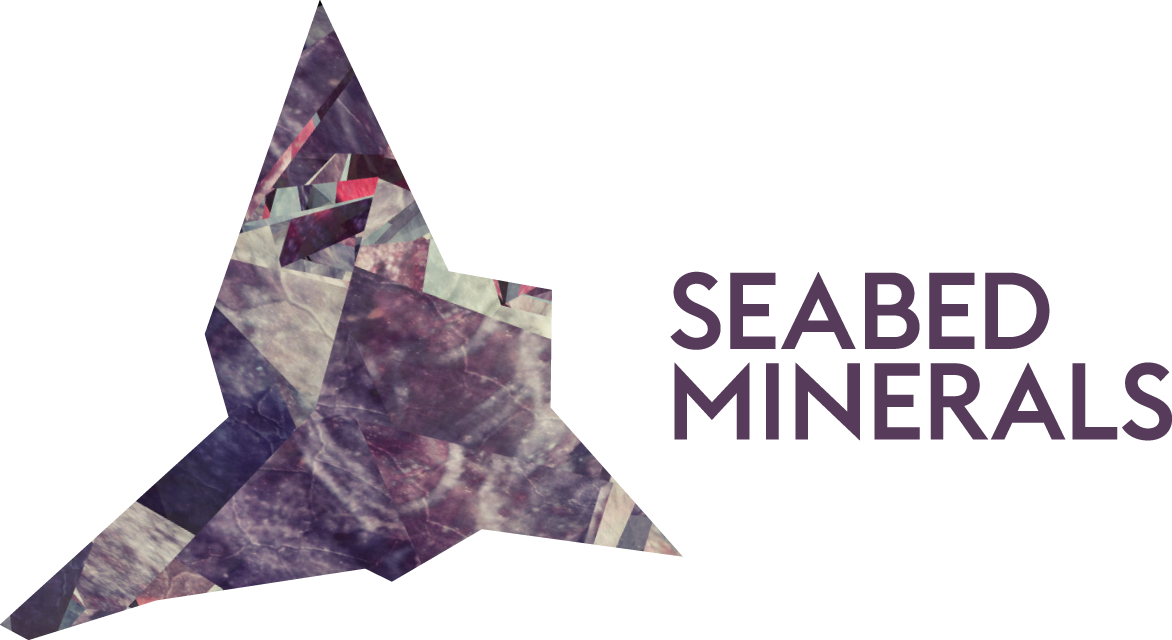
24-26 MARCH 2026 // seabedminerals.net
24-26 MARCH 2026 // seabedminerals.net
Bergen // Norway
About
Demand for critical minerals is expected to be greater than the supply from the mining industry and recycling. Further, the value chains are highly geographically concentrated, making them vulnerable to political instability, geopolitical risks, natural disasters and possible export restrictions.
A handful of countries have taken the lead in developing technology and knowledge for exploration and extraction of deep-sea minerals. The race toward production has started…
For whom?
Why?
Abstract requirements
Word format
Font: Times New Roman, 12 pt.
Min. 500 words, max 800 words
Min. one figure
Portrait photo of presenting author
Abstract template
Critical knowledge– Critical technology - Critical minerals
We are pleased to announce that one of the leading international conferences on Seabed Minerals will be organized for the fifth time in 2026. The event will take place in Bergen, Norway from 24-26 March 2026.
The previous conferences attracted a diverse group of stakeholders from across the globe, including exploration companies, service providers, academic professionals, politicians, environmental advocates, regulatory bodies, and experts in law and finance. With the industry's imperative to establish connections, share knowledge, and leverage expertise, we anticipate another vibrant and well-attended conference in 2026.
Waves of global developments
The global seabed minerals industry marked a milestone with The Metals Company’s (TMC) pre-feasibility study for its NORI-D nodule project in the Clarion-Clipperton Zone, declaring the first mineral reserves in the deep-sea realm, with production targeted for late 2027.
Facing delays in the International Seabed Authority’s (ISA) mining code, TMC drew significant attention and debate by pursuing permits under the U.S. Deep Seabed Hard Mineral Resources Act of 1980. In April 2025, a U.S. executive order prompted the Department of the Interior to explore a mineral lease sale near American Samoa, opening a new frontier.
Norway remains a hotspot for seabed minerals as state-led mapping and data collection continues in full force by the Government, while exploration companies and the surrounding ecosystem are actively preparing for the first licensing round, originally scheduled for 2025, potentially commencing in 2026.
Japan is advancing its state-led efforts through JOGMEC, having already spent years on exploration, refining production technologies, and trial sulfide mining. Trial extraction of nodules and REE-rich muds may commence in 2026.
In the spring of 2025, India launched its first offshore mineral block auction in its Exclusive Economic Zone (EEZ), targeting nodules and sulfides, in addition to lime muds and construction sand. Exploration in the international waters of the Indian Ocean continues to identify nodules on abyssal plains and sulfides along the Central and Southeast Indian Ridges.
China achieved a milestone in late 2024 with a successful trial of a deep-sea mining vehicle. Holding five ISA contracts in the Pacific and Indian Oceans, China is advancing technologies for seabed resource extraction.
Globally, knowledge-building and technological advancements are progressing rapidly as the industry evaluates transitioning from exploration to exploitation. We invite companies, institutions, and academia developing new methods, technologies, and knowledge to submit an abstract to showcase their research and innovations.
We invite contributions within the following topics:
- Environmental understanding, impact, assessment, and monitoring
- Exploration strategies and technologies
- Resource estimations
- Production technologies and solutions
- Mineral processing
- Digital solutions – AI, data management and data sharing
- Regulations and legal frameworks
The committee encourages sharing of project experiences, examples of knowledge and technology transfer and value chain perspectives. We look forward to contributions from all relevant regions across the globe and encourage postgraduate students to submit their work.
Take the plunge and join us to share your knowledge at the upcoming conference by sending your abstract to events@geopublishing.no by 9 January 2026.
Critical Knowledge
Critical Technology
Critical Minerals
Registration opens in November
Please contact Ingvild Ryggen Carstens, events@geopublishing.no, for information about pricing for start-ups, students and out-of-work professionals.
Terms & Conditions:
GeoPublishing AS reserve the right to alter the program. Substitutions to your registration may be made at any time by contacting the organizers in writing on events@geopublishing.no.
Venue
Bergen, Norway
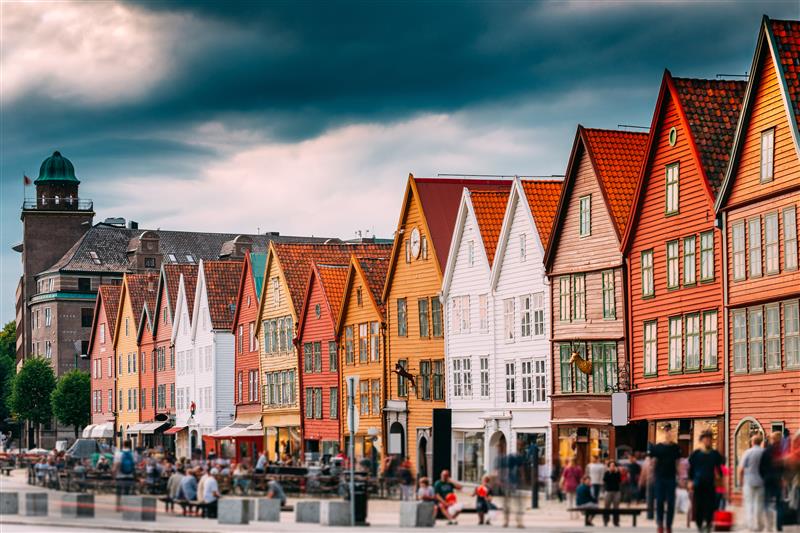
Accomodation
TBA
ICEBREAKER - 24 MARCH
TBA
19:00-21:00
Finger food and drinks in the bar
Would you like to sponsor the Icebreaker?
We invite all delegates to an Icebreaker in the evening on 24 March.
We're looking for an Icebreaker sponsor, and if you would like to pitch in, please email us at events@geopublishing.no
POSTERS
DAY 1 - 25 March
Session I
Welcome
08:55
End Day I
17:00
Evening Program
19:00 Aperitif
20:00 Dinner
DAY 2 - 26 March
Session V
TBA
09:00
Poster Session
End Day II
16:00
Program Committee

Annemiek Vink
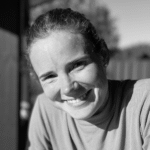
Marit Stokke Bauck
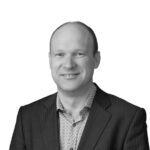
Jon Hellevang

Øystein Bruncell Larsen
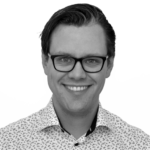
Kristoffer Sølvi
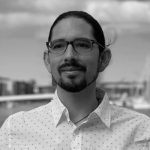
Alden Denny
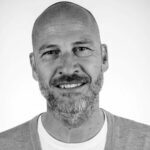
Guido van den Bos

Ingvild Ryggen Carstens





